Library
All resources
1801 – 1820 of 2421 results
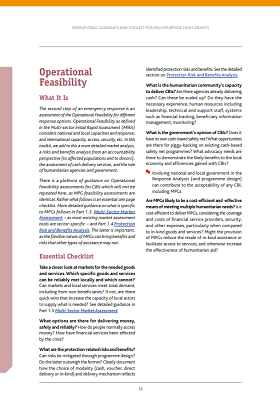
Operational Guidance And Toolkit For Multipurpose Cash Grants: Operational Feasibility
Guidelines and Tools
Operational Feasibility as defined in the Multi-sector Initial Rapid Assessment (MIRA) considers national and local capacities and response,
and international capacity, access, security, etc. In this toolkit, we add to this a more detailed market analysis, a risks and benefits analysis from an...
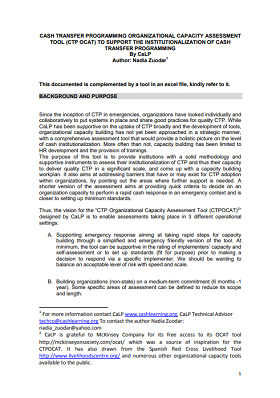
Cash Transfer Programming Organizational Capacity Assessment Tool (CTP OCAT) To Support The Institutionalization Of Cash Transfer Programming
Report
Since the inception of CTP in emergencies, organizations have looked individually and collaboratively to put systems in place and share good practices for quality CTP. While the CALP Network has been supportive on the uptake of CTP broadly and the development of tools, organizational capacity building has...
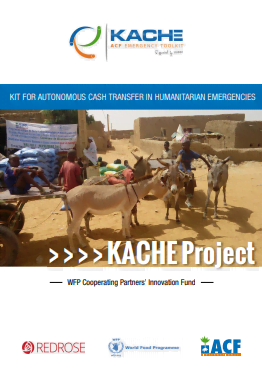
Kit for Autonomous Cash transfer in Humanitarian Emergencies (KACHE)
Guidelines and Tools
The present document reports the development of the Kit for Autonomous Cash transfer in Humanitarian Emergencies (KACHE), built upon Red Rose ONE system© supported by the WFP’s Cooperating Partners’ Innovation Fund (CPIF). Firstly, it gives a brief description of the main features of the kit....
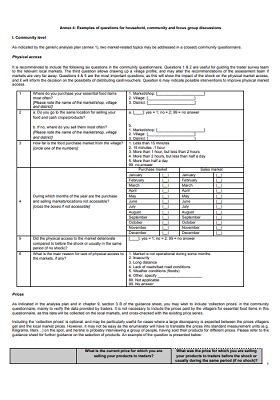
Annex 4: Examples of questions for household, community and focus group discussions
Report
It is recommended to include the following six questions in the community questionnaire. Questions 1 & 2 are useful for guiding the trader survey team to the relevant local markets. The third question allows drawing up a village profile, and may alter the recommendations of the assessment team if markets...
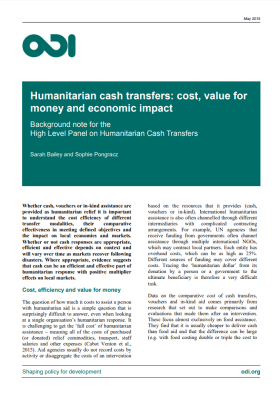
Humanitarian Cash Transfers: Cost, value for money and economic impact
Policy paper
The question of how much it costs to assist a person with humanitarian aid is a simple question that is surprisingly difficult to answer, even when looking at a single organisation’s humanitarian response. It is challenging to get the ‘full cost’ of humanitarian assistance – meaning all of the...
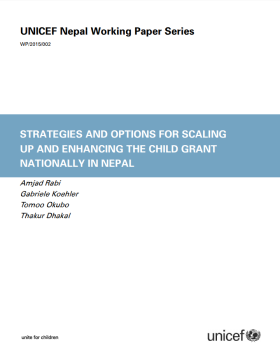
Strategies and Options for Scaling Up and Enhancing the Child Grant Nationally in Nepal
Policy paper
The objective of this study is to offer to the Government of Nepal (GoN) a set of reflections and options regarding the continuation, scale-up and enhancement of the Child Grant (CG), a cash transfer program for children under the age of 5 introduced by the GoN in 2009. While the original intention was to...

Cash Transfer Programming: Feasibility and appropriateness in the context of IOCC´s humanitarian response to refugee and migrants´ crisis in Greece [Kos and Chios Island]
Report
This paper aims at assessing the feasibility and appropriateness of cash transfers programming (CTP) within the operational areas of International Orthodox Christian Charities (IOCC) and their humanitarian response activities to the refugees and migrants´crisis on the Greek Islands Chios and...
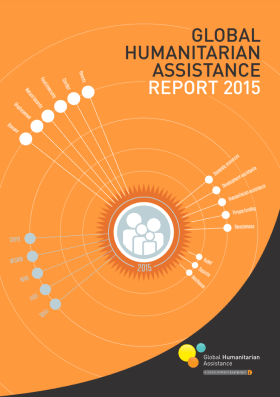
Global Humanitarian Assistance Report 2015
Report
Humanitarian financing is in the spotlight like never before. An extraordinary combination of crises continues to test international, national and local capacity to prevent, prepare and respond as needs continue to outstrip available resources. Global processes taking place during 2015 and 2016 –...
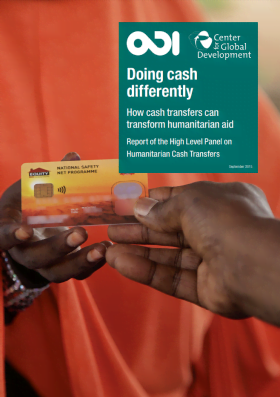
Doing Cash Differently: How cash transfers can transform humanitarian aid?
Policy paper
This report commissioned by the Overseas Development Institute highlights why giving aid directly in the form of cash is often a highly effective way to reduce suffering and to make limited humanitarian aid budgets go further. The publication, ,written by the High Level Panel on Humanitarian...

Guidance Notes: Cash Transfers in Livelihoods Programming- West Africa
Guidelines and Tools
A growing acceptance of cash transfers as an inter-sectorial tool is accompanied by a better understanding of this approach and its potential to break the cycle of poverty, after much discussion on the role cash transfers have to play in building resilience. In the Sahel, food security experts have...

Guide for Protection in Cash based Interventions
Guidelines and Tools
This guide identifies minimum necessary information and key resources needed to help humanitarian practitioners ensure that protection risks and benefits are considered and monitored throughout the cash-based interventions (CBI) program cycle, using a community-based approach and participatory methods as...
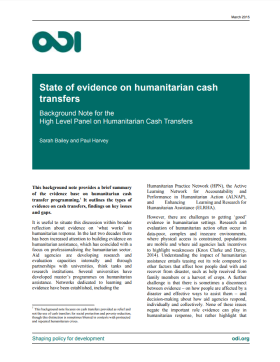
State of Evidence on Humanitarian Cash Transfers
Policy paper
The “State of evidence on humanitarian cash transfers” background note provides a brief summary of the evidence base on humanitarian cash transfer programming. The report also outlines the types of evidence on cash transfers, findings on key issues and gaps. This publication is an output of the...
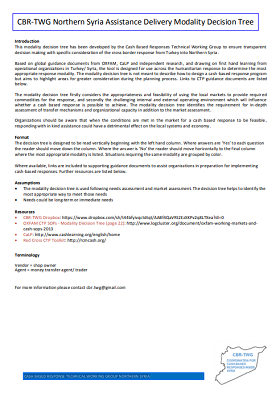
CBR-TWG Northern Syria Assistance Delivery Modality Decision Tree
Report
This modality decision tree has been developed by the Cash Based Responses Technical Working Group to ensure transparent decision making with specific consideration of the cross border response from Turkey into Northern Syria. Based on global guidance documents from OXFAM, the CALP Network and independent...

Protection Risks and Benefits Analysis Tool
Report
This tool provides global evidence on the protection risks and benefits of cash-based interventions, divided into key protection areas. It outlines the key questions that practitioners should explore to reach a context-specific, participatory identification of protection risks and benefits of a given...
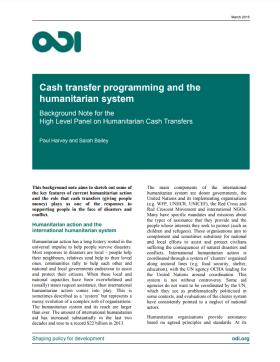
Cash Transfer Programming and the Humanitarian System
Policy paper
Cash transfer programming and the humanitarian system background note aims to sketch out some of the key features of current humanitarian action and the role that cash transfers play as one of the responses to supporting people in the face of disasters and conflict. Additionally, the publication...
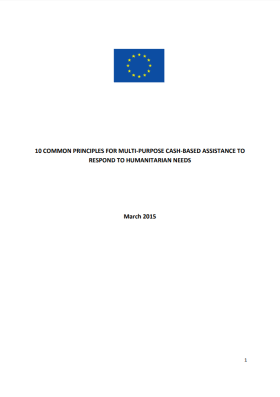
10 Common Principles for Multi-Purpose Cash-Based Assistance to Respond to Humanitarian Needs
Policy paper
These principles are intended to complement existing guidance on cash-based assistance and policy positions on those thematic areas which lend themselves to a multi-purpose approach. Donors and their partners are encouraged to take these principles into account in designing and implementing their...

Tips for Protection in Cash based interventions
Guidelines and Tools
This document presents a set of general tips to identify, monitor and mitigate protection risks and maximize protection benefits of cash-based interventions.
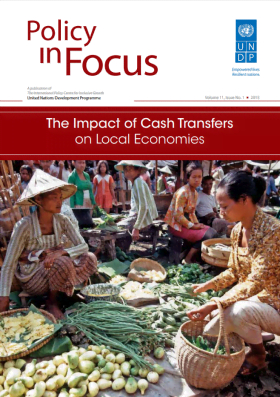
The Impact of Cash Transfers on Local Economies
Policy paper
In this special edition of Policy in Focus, leading authors and practitioners present their research on how cash transfers can impact the local economy when implemented in a developing country. The aim is to gather and review research results and evidence, obtained from various methodologies ranging from...

Cash-based Interventions for Health programmes in Refugee Settings
Report
UNHCR aims to enable refugees to maximise their health status by supporting them to have equal access to quality primary, emergency and referral health services as nationals.The different settings of UNHCR’s operation, however, pose challenges due to the wide variety of , healthcare financing models and...
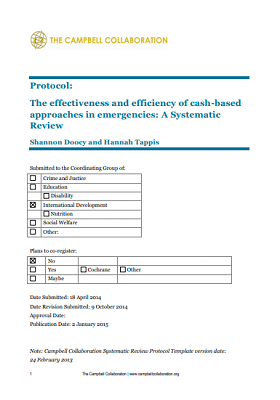
The Effectiveness and Efficiency of Cash-Based Approaches in Emergencies: A Systematic Review
Report
To access a document detailing the background, literature review, and objectives related to this review, please click here. Cash-based approaches have been used for development purposes for a number of decades, particularly within social protection interventions in low- and middle-income countries. Over...